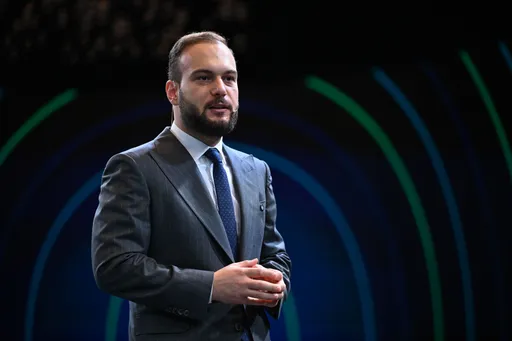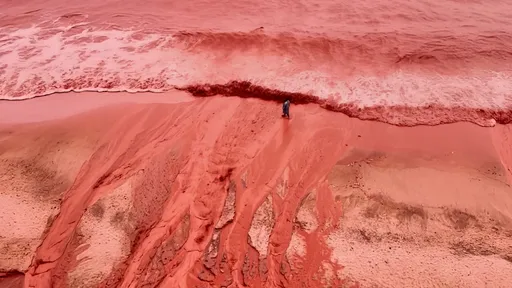Iran has opened its first oil export terminal that does not require tankers to pass through the Strait of Hormuz, a chokepoint patrolled by warships of its arch foe the US, President Hassan Rouhani announced.
Rouhani hailed as a "historic day" the inauguration of the new terminal located at Jask on the Gulf of Oman, which will allow tanker ships headed into the Arabian Sea and beyond to avoid the narrow waterway.
Iran's other major oil terminal is located at the Gulf port of Kharg, accessed through the Strait of Hormuz, which is less than 40 km (25 miles) wide at its narrowest point, and where US and Iranian naval vessels have faced off in the past.
"We had a terminal and if there was a problem, our oil exports would be cut off," Rouhani acknowledged, adding that "today is a great, historic day for the Iranian nation".
Iran has been under punishing US sanctions since then president Donald Trump more than three years ago unilaterally withdrew from the landmark 2015 Iran nuclear deal, heavily impacting Iranian energy exports.
"The oil industry is very important for us, and it is also important for the enemy," Rouhani said in televised comments.
Iran has also built a 1,000-km (600 mile) pipeline, to carry its oil from Goreh, in the southwestern Bushehr province, to the new terminal in the country's southeast.
Rouhani estimated at $2 billion the value of the new project which, according to Iranian media, has been under way for about two years.
The Strait of Hormuz, which connects the Gulf to the Arabian Sea, is the main shipping lane linking Middle East oil producers to markets in Asia, Europe and North America.
The location of the new terminal will also save tankers headed into the open seas several days' sailing time.
READ MORE:Iran's oil exports passes 2 million barrels per day
'Energy security'
Iran and the United States have been on the brink of war twice since June 2019 amid tensions in the Gulf and over the nuclear deal, which has been hanging by a thread.
The Islamic republic has held talks since April in Vienna with the accord's other remaining state – Britain, China, France, Germany and Russia – on reviving its troubled nuclear agreement.
Trump's successor Joe Biden has signalled his readiness to return to the agreement, and has engaged in indirect negotiations with Iran in Vienna.
Trump reimposed sanctions which the deal had lifted and added new ones, plunging Iran into a deep recession and denying it the ability to sell oil to most of its traditional customers.
Iranian Oil Minister Bijan Namdar Zanganeh proclaimed at the launch of the project that it would aid exports, and was therefore "a manifestation of the breakdown of sanctions".
The official IRNA news agency had said on Wednesday that the new pipeline and terminal would help Tehran "win back the Iranian oil market from rival countries".
The project also helped ensure the country's "energy security", because it is located "outside the Persian Gulf and the Strait of Hormuz", IRNA added.
350,000 barrels to be exported per day
Given the US sanctions, Tehran is discreet about its shipments of crude to the few customers who still dare to buy it.
The United States has accused Iran of trying to circumvent the sanctions by exporting oil to countries including China, Venezuela and Syria.
Washington has repeatedly announced the seizure of tankers allegedly carrying Iranian oil.
According to Iranian officials, the Islamic republic aims to eventually pump "one million barrels per day" through the pipeline.
At the moment, the project allows 350,000 barrels to be exported per day, they said.
Iran produced 2.47 bpd in June, according to latest available figures from OPEC, the Organization of Petroleum Exporting Countries.
Zanganeh said in May it was a "priority" for Iran to nearly triple its current crude production, in order to boost the nation's "power".
READ MORE: Fierce blaze at oil refinery in Iranian capital, no casualties
























